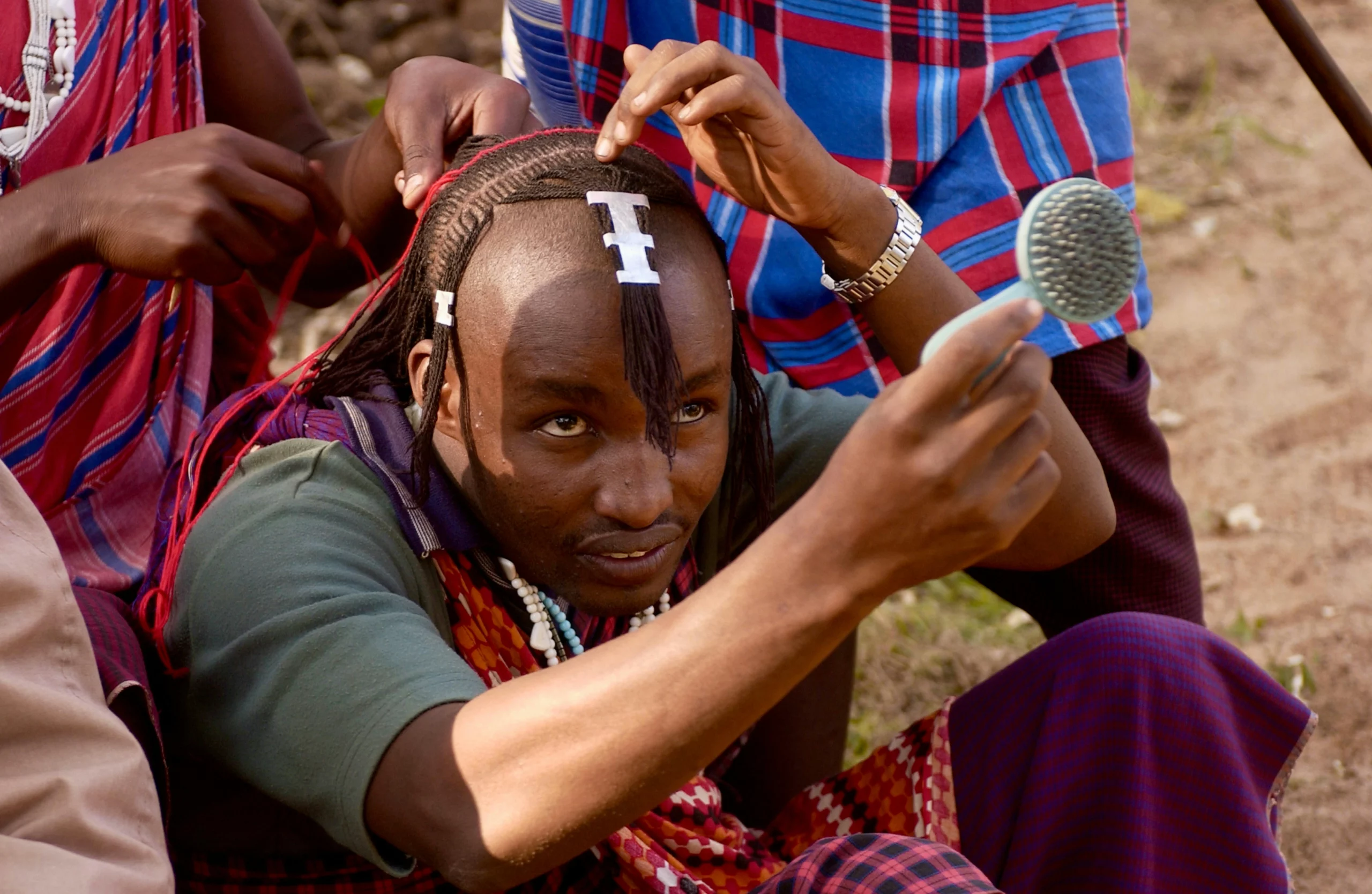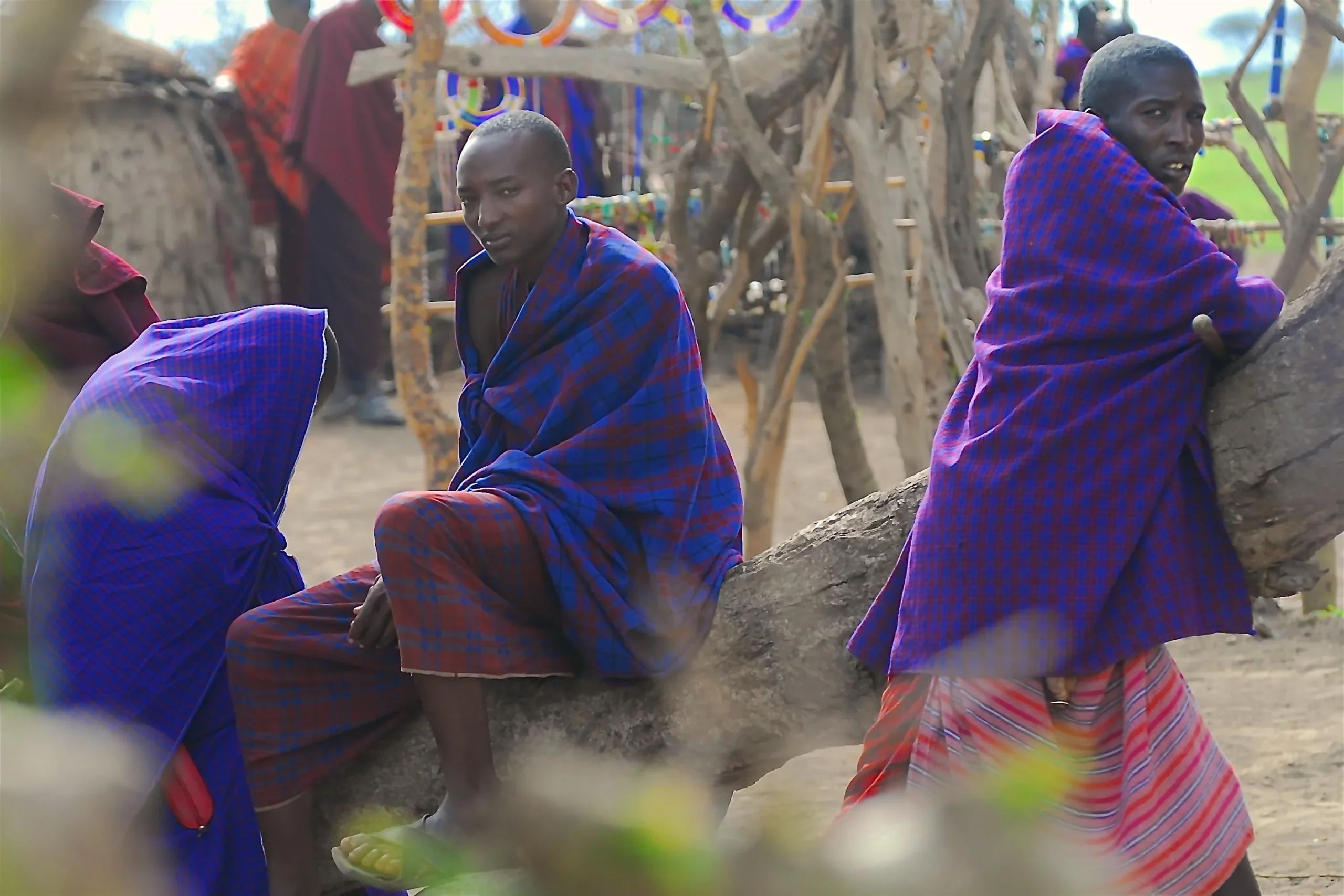
Maasai People
The Maasai are one of the most renowned tribes in Africa, known for their nomadic and pastoralist lifestyle. As a Nilotic ethnic group, the Maasai people inhabit extensive areas across northern, central, and southern Kenya, as well as northern Tanzania. Their proximity to iconic locations like the Masai Mara Game Reserve and Amboseli near the Tanzanian border has made them one of the most recognized ethnic groups in East Africa. The Maasai speak the Maa language, which links them to the Kalenjin tribe of Kenya, famous for producing world-class long-distance runners. The Maasai culture is rich with distinctive features, including their vibrant dress, unique diet, and traditional way of life, all of which contribute to their enduring legacy.
Maasai Tribe Facts
Maasai Shelter: The Maa People, historically known for their nomadic lifestyle, ingeniously utilizes available resources and indigenous technology to craft their unique and fascinating homes. Designed to accommodate their mobile way of life, the traditional Maasai house is intentionally temporary. These structures, crafted by Maasai women, are either circular or loaf-shaped. The Maasai men construct a protective circular Enkang (fence) around their villages, ensuring the safety of their cattle from wild animals during the night.
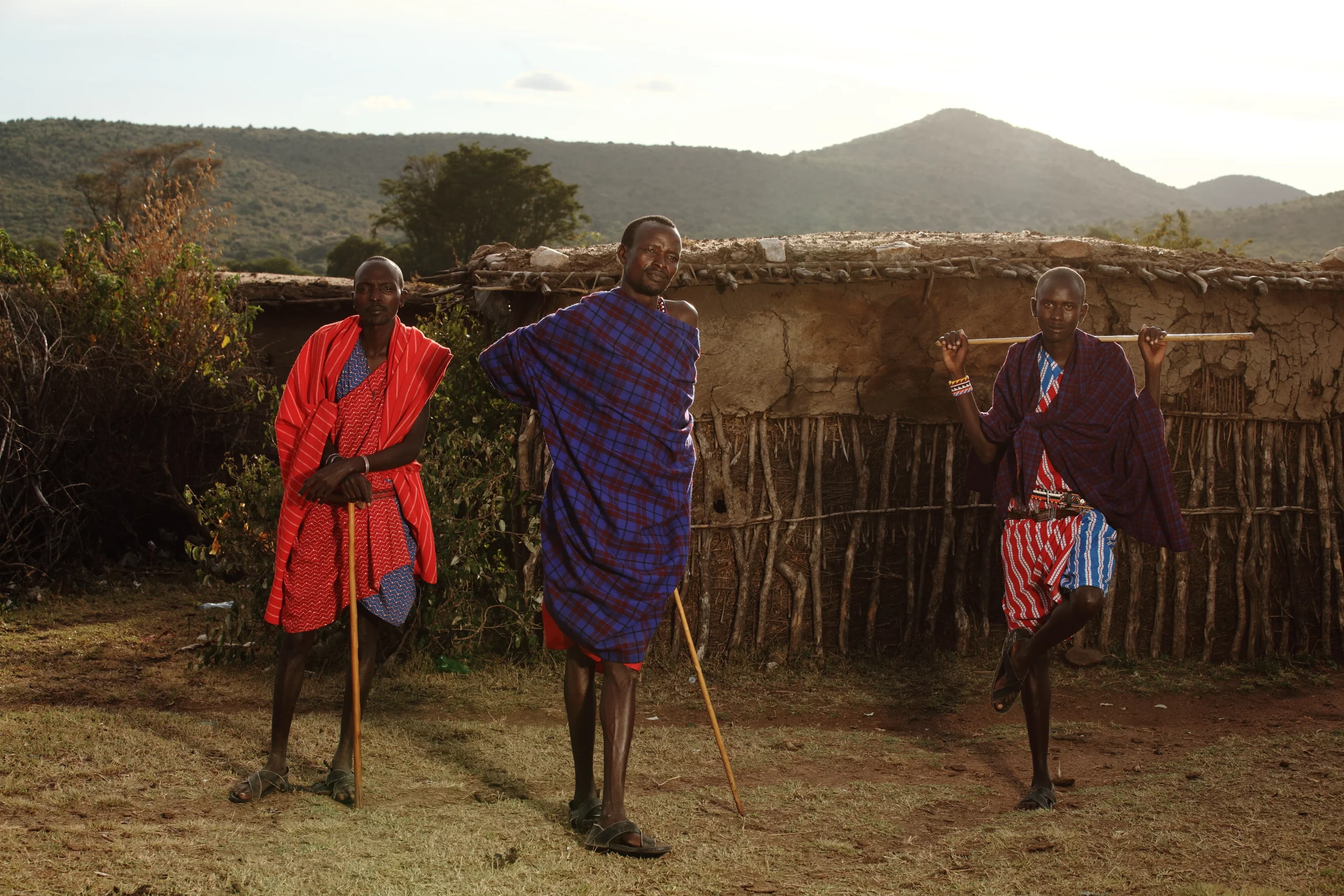
Maasai Religion: The Maasai people are deeply spiritual and follow a monotheistic belief system centered around their God, known as Engai or Enkai. This deity is perceived as mostly benevolent, with emotions expressed through different colors. Each color holds a specific meaning: black and dark blue signify a favorable disposition towards humanity, while red represents divine displeasure.
Enkai manifests in two forms: Enkai-Narok, the benevolent Black God, brings prosperity and lush pastures, often associated with thunder and rain. Conversely, Enkai-na-Nyokie, the Red God, is seen as vengeful, bringing drought and hardship, symbolized by lightning and the dry season. The Maasai’s profound connection to cattle is intertwined with their religious beliefs, as they consider cattle a divine gift from Enkai. Today, many Maasai people have embraced Christianity, with a smaller number practicing Islam, reflecting the evolving spiritual landscape within the Maasai community.
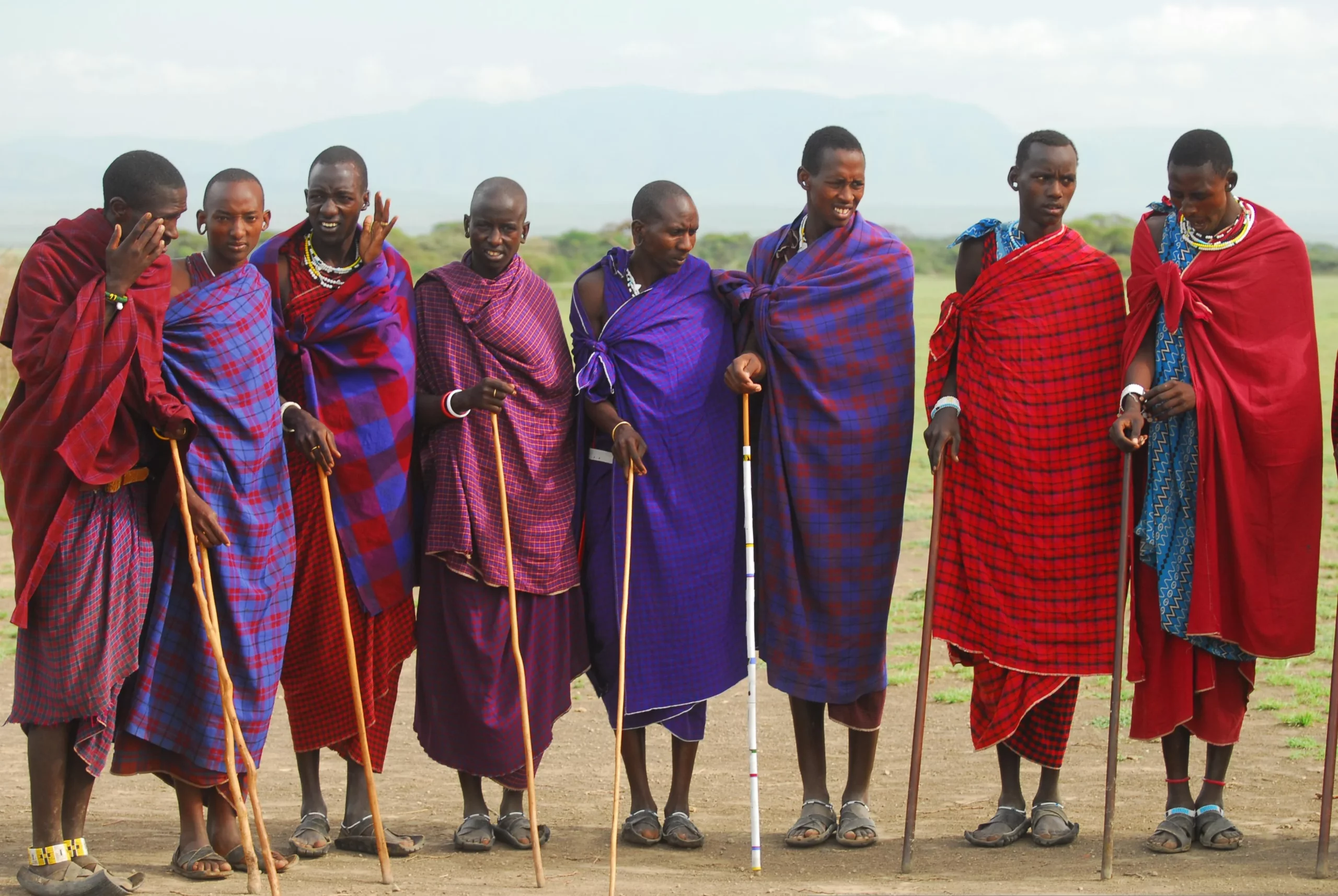
Maasai Culture: At the heart of Maasai society lies a strong patriarchal structure, where elder Maasai men, alongside retired elders, play a pivotal role in making significant decisions for the Maasai tribes. In the traditional Maasai way of life, the conclusion of one’s life is marked by a unique custom, as there is no formal funeral ceremony. Instead, the deceased are left in the open fields for scavengers, with burial historically reserved for great chiefs due to the belief that it harms the soil.
The traditional Maasai people’s lifestyle revolves predominantly around cattle, which are the cornerstone of their sustenance. Among the Maasai, a man’s wealth is measured by the number of children and cattle he possesses, with more being better. A Maasai myth tells of a divine gift from God, granting them all the cattle on earth. This belief once justified cattle rustling from other tribes as reclaiming what was rightfully theirs, though this practice has significantly diminished over time.
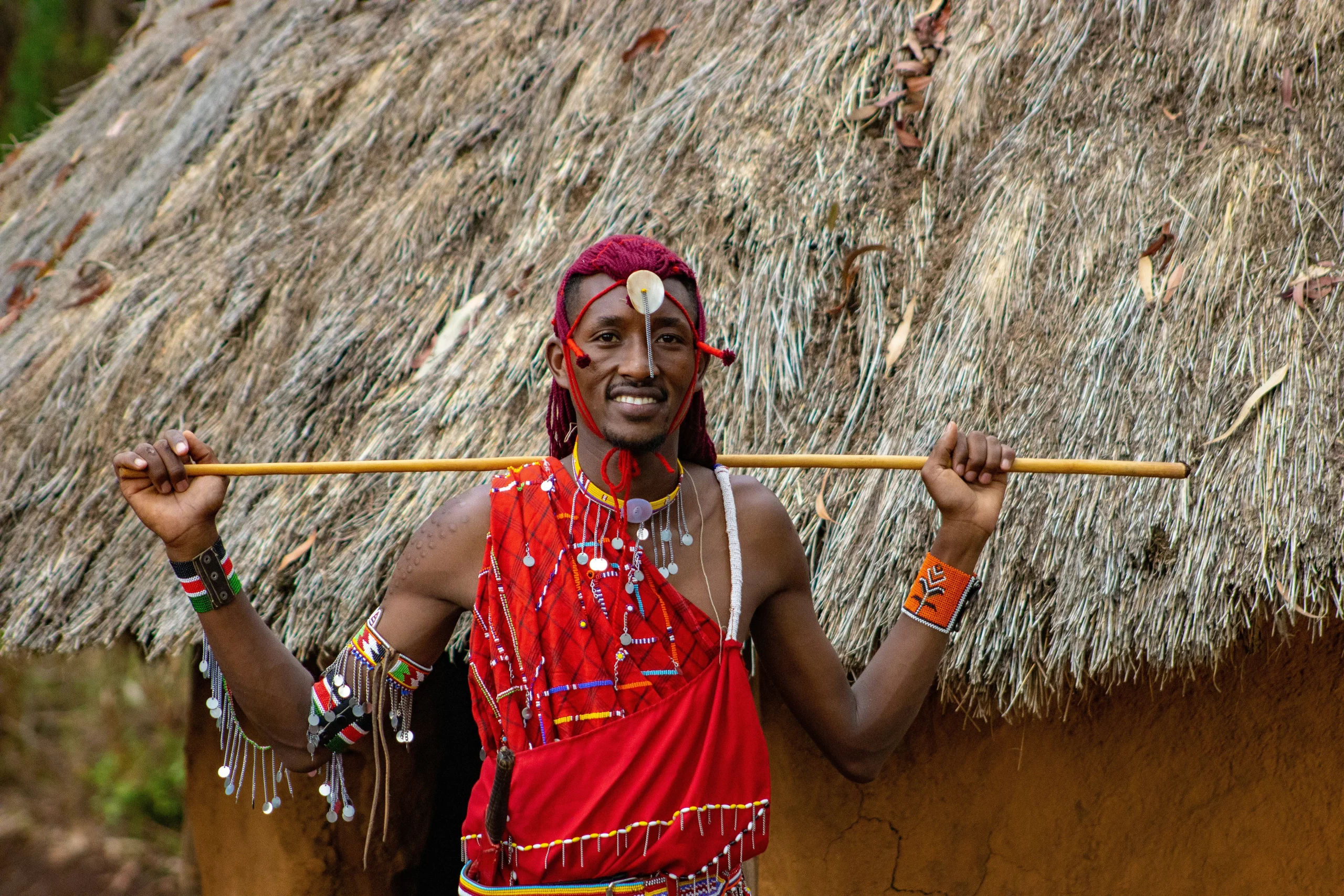
Maasai Clothing: The vibrant attire of the Maasai is a reflection of their rich culture and traditions. Clothing styles vary depending on gender, age, and location. Young men, after undergoing circumcision, traditionally don black garments for several months. However, red remains a favored color among the Maasai people, symbolizing bravery and strength. Other colors like black, blue, and patterns such as checks and stripes are also popular, often combined with colorful African fabrics. In the 1960s, the Maasai began transitioning from wearing sheepskin, calf hides, and animal skin to utilizing more commercially available materials. The fabric that wraps around their bodies is known as Shúkà in the Maa language. Maasai women are skilled in weaving and beading jewelry, which is an essential part of their adornment. Ear piercing and the stretching of earlobes are considered beautiful, and both Maasai men and women wear metal hoops on their elongated earlobes, showcasing their unique sense of style.
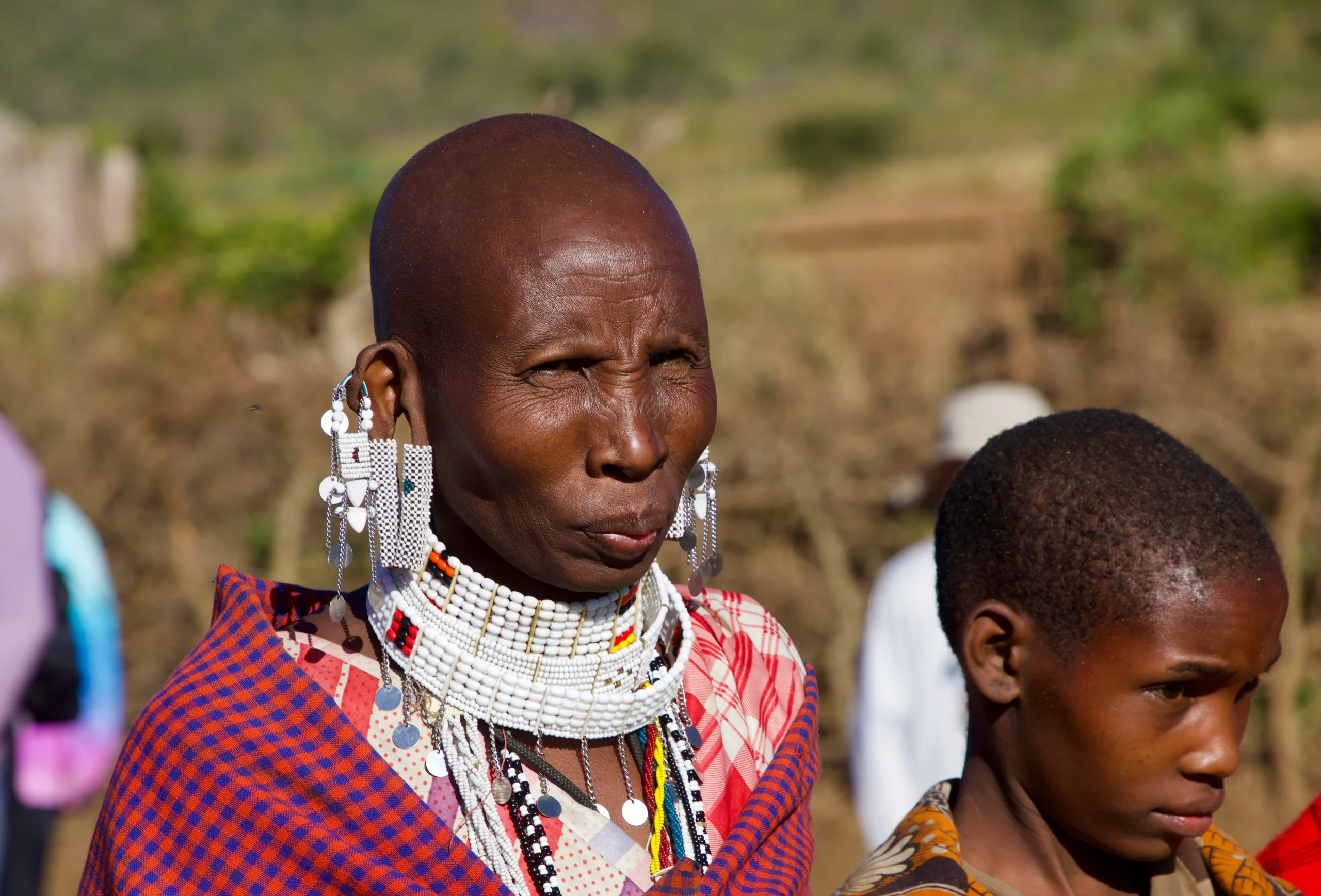
Maasai Diet: The traditional Maasai diet is a fascinating blend of six essential foods: meat, blood, milk, fat, honey, and tree bark. Fresh and curdled milk are staples, often enjoyed from calabashes. At times, fresh milk is mixed with cattle blood, which is carefully drawn by nicking the jugular vein. This unique blend of blood and milk is primarily consumed during rituals and to nourish the sick. Meat from bulls, oxen, and lambs is savored during special occasions and ceremonies. The Maasai cleverly utilize animal by-products; skins and hides serve as bedding, while cow dung is an integral material for building, smeared on walls for durability. Cattle are central to the Maasai’s entire way of life. In recent years, the Maasai people have expanded their diet to include farm crops like maize meal, rice, and cabbage, among other food crops, adapting to contemporary needs while preserving their rich heritage.
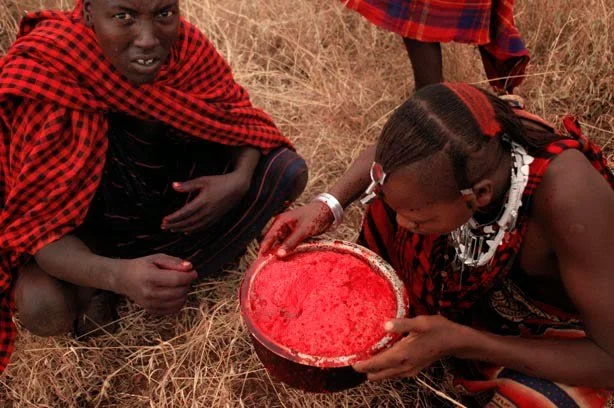
Maasai Music and Dance: Among the Maasai people, music and dance are deeply rooted in their culture, characterized by their unique vocal performances. Unlike other traditions, they don’t rely on musical instruments, except for the occasional use of large horns during select songs. The essence of Maasai music lies in the harmonious rhythms created by a chorus of vocalists, led by the olaranyani, or song leader, who guides the melody. This role is typically held by the individual most adept at singing the particular song. As the olaranyani initiates a line or title (namba) of the song, the group responds with a unified call, creating a mesmerizing auditory experience. The Maasai attire, adorned with beaded jewelry, adds a delightful jingling sound as both men and women engage in their traditional dances, including the famous jumping. Maasai women contribute by reciting lullabies, humming tunes, and singing songs that honor their sons. The Maasai community comes alive with music and dance, especially during the rainy season—a time for celebrating significant life events such as circumcision and marriage. These joyful gatherings often take place around the manyattas and are filled with playful interactions.
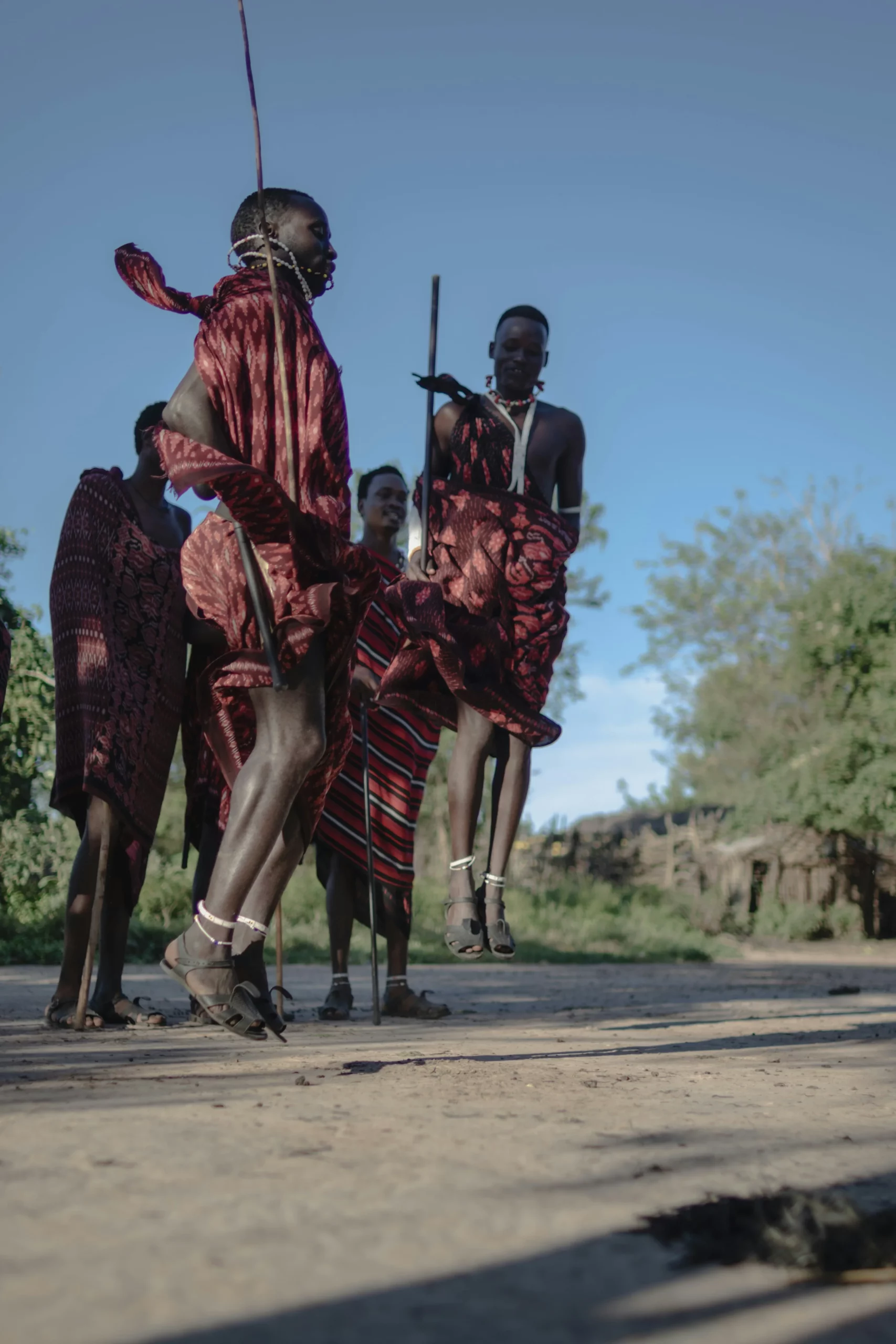
Maasai Hair: Among the Maasai people, hair holds significant cultural importance, with distinct practices for both Maasai women and men. Typically, they shave their heads to mark important rites of passage, such as circumcision and marriage, symbolizing a new beginning as they transition through life’s stages. However, it’s the Maasai warriors who are allowed to grow their hair long. These young warriors intricately weave their hair into thin, braided strands, showcasing their unique style. Maasai children are given their names upon reaching three months of age, at which point their heads are shaved clean, except for a small tuft of hair resembling a cockade from the nape of the neck to the forehead. As young boys approach circumcision, their heads are shaved two days prior to the ceremony. Once initiated, these young warriors let their hair grow and dedicate considerable time to styling it, reflecting their status within Maasai society.
